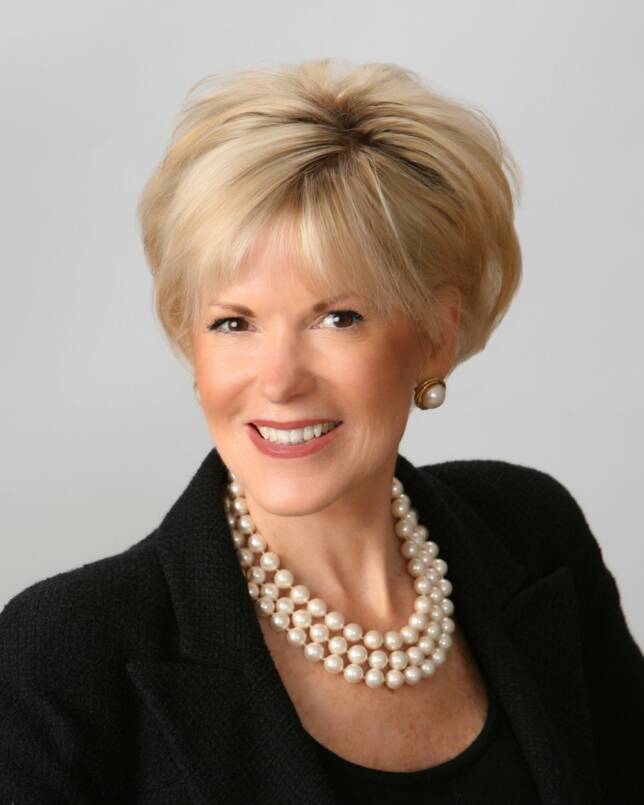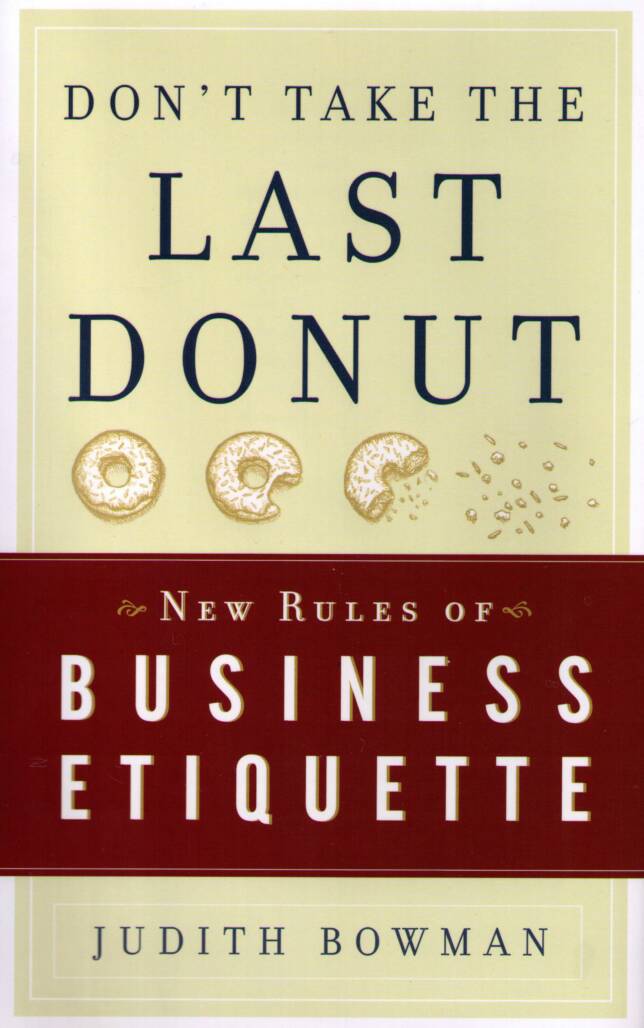 | ||||||
Protocol Consultants International
Media Update - Forbes.com
Professional Presence, Corporate Training and Development
Consulting and Protocol Certification
Business Basics
"Keep Your Cool"
By Tara Weiss
Posted 01/15/2008
Annie Steinberg typically sits at her desk wearing a ski hat, gloves and a scarf. A space heater, supplied by her company, is operating nearby. Meanwhile, her boss, Bradford Rand, sits in his office at the other end of the floor and frequently opens his window to let the winter air cool off his sweltering office.
Theirs is a typical workplace scenario. Keeping offices comfortable for employees is virtually impossible, since "comfortable" means something different to everyone. Add to that old buildings with uneven heating and cooling systems and it's possible to have one office--one room, even--with several climates.
But it's not just a comfort thing. Studies show the temperature in a workplace affects productivity. Alan Hedge, a professor in the department of design and environmental analysis at Cornell University, conducted two studies on climate's effect on productivity (a third is still in progress). Hedge and his team placed monitoring devices on employees' desks to measure keystrokes and mouse movement at different temperatures.
In Pictures: Blowing Hot And Cold
The results surprised him. Hedge placed the temperature in the low 70s in the winter, basing the temperature on standards set by the American Society for Heating, Refrigeration and Air Conditioning Engineers; they say 76 degrees Fahrenheit is ideal in summer, and 72 in the winter. "We expected that when you cool people down, they work harder and better," he says. "We found the exact opposite. When it was cool to colder in the office, people did less work and made more mistakes."
Steinberg doesn't need a scientific study to figure that one out. "It's really hard to type when wearing gloves," says the senior sales director at the trade show group Go Green Expo.
Hedge explains that temperature is adaptive. So the ideal thing to do is measure what the outdoor temperature was the previous month and set the thermostat accordingly.
Wouldn't it be nice if life was so easy? In the case of employees at Go Green Expo, their building is pre-war, which means the heat comes from a radiator and is nearly impossible to regulate. Things are complicated by the air conditioning unit, which opens to the outdoors, sending chilly air throughout the building's ducts. The copy room gets the brunt of it--employees literally see their breath when they go in to make copies--though vents open onto the main floor. One employee has placed plastic bags over the vent to minimize the chilly draft.
If it seems like there's a gender divide, you're right. Muscle insulates, says Hedge. Since men tend to be more muscular than women, they tend to run warmer. Their clothing adds to it too. Men often dress for work in suits and pants and sweaters that allow only their face and necks to be exposed, whereas women's clothing tends to expose more skin.
Many women turn to the trusted office sweater draped behind their chair for comfort. That's not enough for Nicole Bradshaw-Jackson, who works as a public liaison for the Centers for Disease Control and Prevention in Atlanta. She comes to work dressed for the warm Atlanta days, but you'd hardly know that it's 75 degrees outside. She keeps wool socks, a long scarf and a sweater at her desk, and frequently wears all three. She supplements them with a space heater under her desk and about five glasses of hot tea throughout the day.
"I have to wrap myself up to keep warm, and when I'm cozy, I get sleepy," she says. She recently switched to a new department at the CDC and is hesitant to call building services to raise the thermostat, because she doesn't want to start a temperature war in her new office. "Yesterday I was cold and the people on both sides of me were burning up," says Bradshaw-Jackson. "I had my thick sweater on."
Before the department switch, she was "infamous" to building services. She didn't want to seem like she was nagging them, so she made sure to ask how their families were doing and what they were up to for the holidays.
Temperature wars at the office are a real problem. Judith Bowman, a workplace etiquette expert and author of Don't Take the Last Donut, was once called in to mediate a office fight over the temperature. One employee was notorious for sneaking to the thermostat and changing it to her liking while the others weren't looking. To solve the dispute, Bowman recommended taking a poll. If 99% of the people are comfortable, then there has to be a give and take," she says.
Hedge, the Cornell professor, says technology is getting to the point where companies can individualize workspaces, similar to cars. He says it's possible to put ventilation openings in the floor and allow employees to control the air that comes out and even the direction it flows. Another approach is to separate the "spines" that connect cubicles and put ventilation in there, or do it through the duct work in the floor.
That way, employees can dress for the weather outside--not the weather inside.
This story appears in the January 15, 2008 online edition of Forbes.com.
Tel: 508-888-7800 E-mail: Judith Bowman
WANTED:
Entrepreneurs!
Tap into the fast-growing Protocol Industry through our proven, established Protocol Certification program and, coaching and guidance from an
All-Star cast of business practitioners who have tested and refined the business model.
Click here to learn more about

